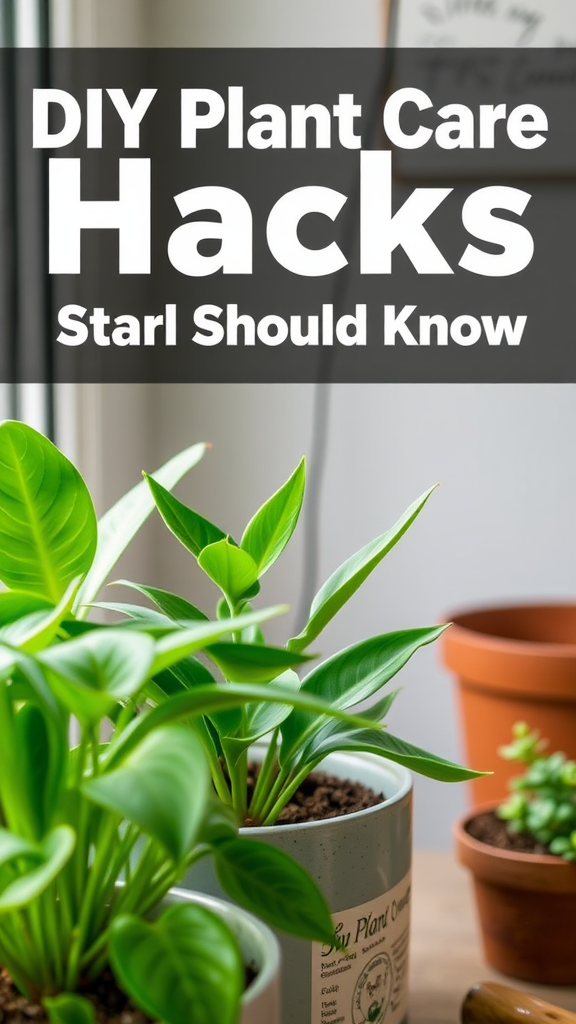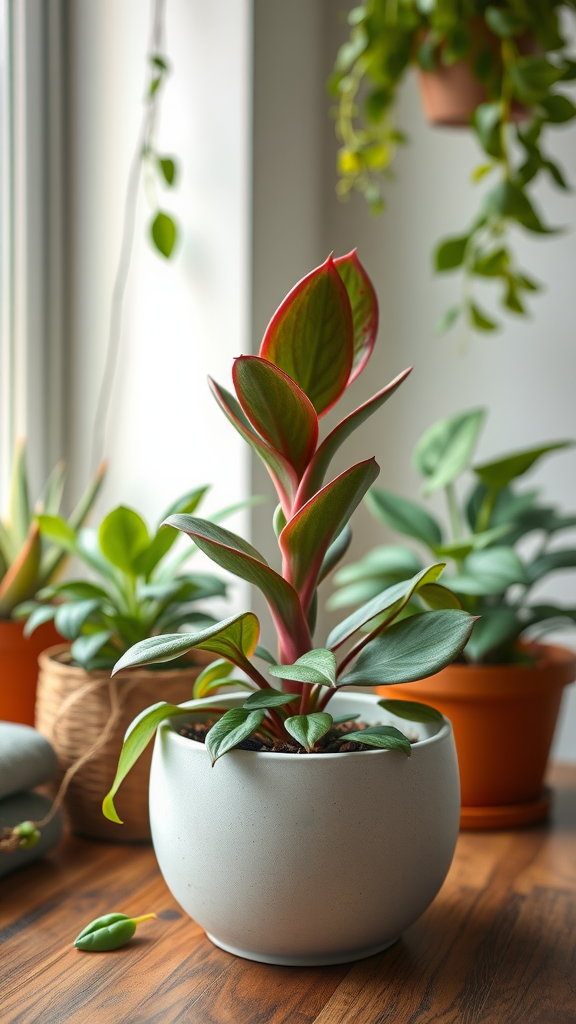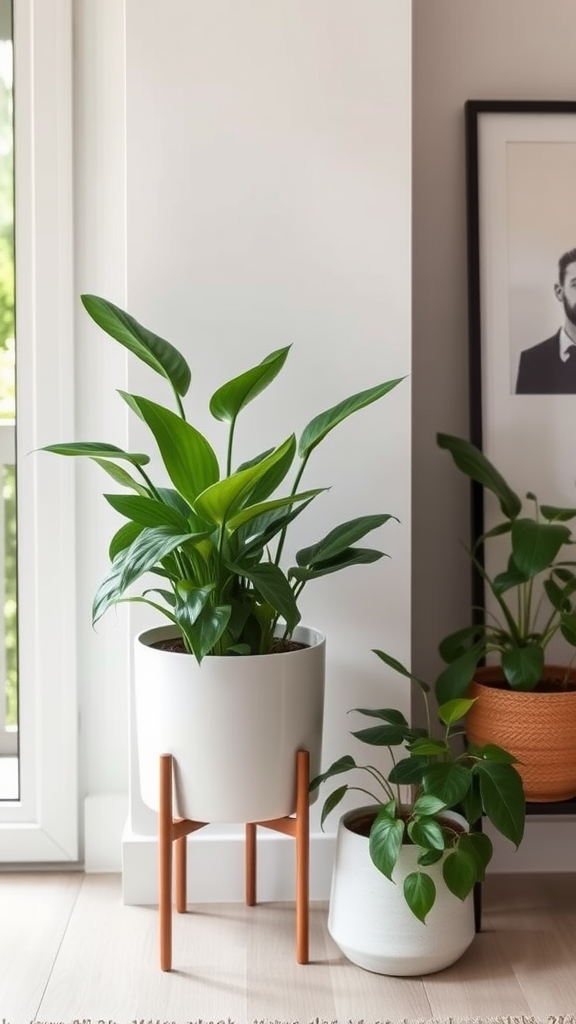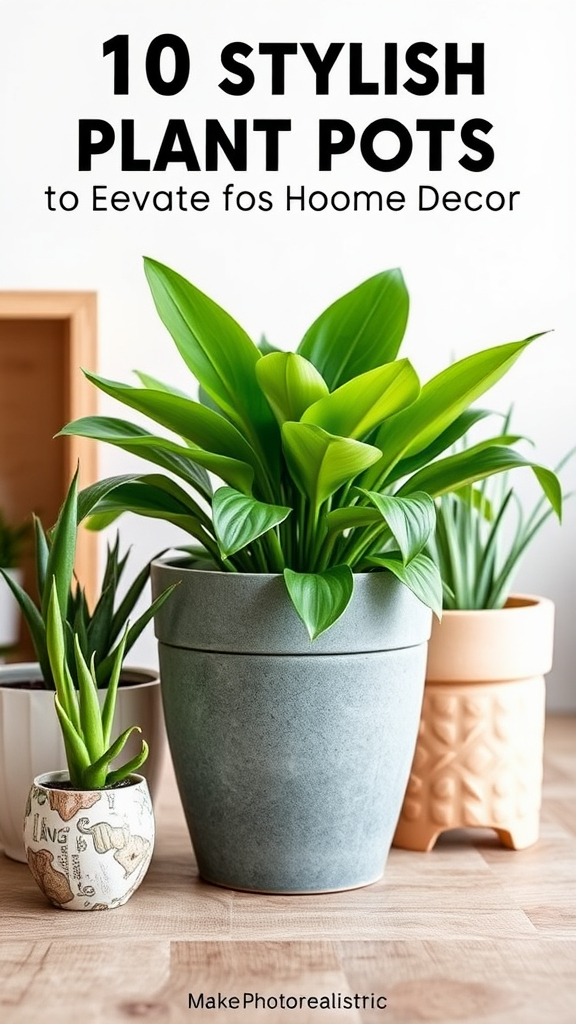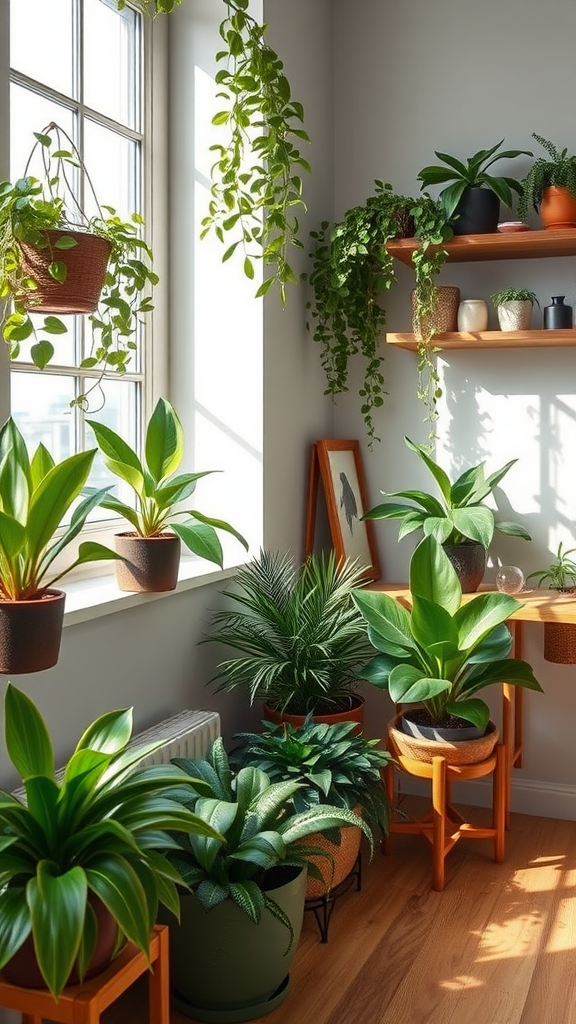Essential DIY Plant Care Hacks Every Plant Parent Should Know
Taking care of plants can be both rewarding and challenging. With a few DIY hacks, you can make your plant care routine simpler and more effective. Here are some essential tips every plant parent should know to help your green friends thrive!
Watering Hacks
Watering is a vital part of plant care, but it’s crucial to do it right. Here are some clever watering hacks:
- Moisture Meter: Use your finger to check soil dampness. Stick your finger into the soil up to your knuckle. If it feels dry, it’s time to water.
- Self-Watering System: Fill a glass with water and insert a cotton string. Place one end in the soil and the other in the water. This creates a slow drip irrigation system.
- Watering Can Modifier: Add a few drops of dish soap to your watering can. This helps the water penetrate the soil more easily, ensuring your plants get the hydration they need.
Fertilizing Tips
Fertilizing your houseplants doesn’t have to be complicated. Here are some easy DIY tips:
- Banana Peel Fertilizer: Chop up banana peels and bury them in your plant’s pot. They release potassium and improve growth.
- Coffee Grounds: Mix used coffee grounds into your potting soil. They add nitrogen and improve drainage.
- Eggshells: Crush eggshells and sprinkle them over your plants. They provide a good source of calcium for healthy growth.
Pest Control Secrets
Unwanted pests can ruin your plants. Here’s how to keep them at bay:
- Soap Spray: Mix water with a few drops of liquid soap to create a natural pesticide. Spray directly on the leaves to deter bugs.
- Cinnamon for Fungus: If you notice fungus on the soil, sprinkle cinnamon on top. It acts as a natural fungicide.
- Neem Oil: Dilute neem oil with water and spray it on your plants. It’s great for repelling many common pests.
Optimal Light Conditions
Understanding how to optimize light for your plants can greatly enhance their health:
- Rotate Your Plants: Every couple of weeks, turn your pots for even growth. This ensures all sides of the plant receive adequate light.
- DIY Grow Lights: If natural light is limited, consider using LED lights. They’re energy-efficient and provide the right spectrum for growth.
- Sheer Curtains: If your plants are in direct sunlight, using sheer curtains can filter the light and prevent leaf burn.
Pruning and Propagation Tips
Pruning can encourage new growth and keep your plants healthy:
- Use Clean Tools: Always make sure your scissors or cutting tools are clean to avoid passing diseases. Wipe them down with rubbing alcohol before use.
- Leaf Cuttings: Many plants can be propagated from leaf cuttings. Just ensure you place the cut ends in water or soil and keep them moist.
- Dusting Leaves: Dust on leaves can block sunlight. Wipe them down with a damp cloth to keep them clean and able to photosynthesize efficiently.
General Care Hacks
These additional tips can make plant care a breeze:
- Plant Grouping: Group plants together to create a humid environment. This is especially beneficial for tropical plants.
- Humidity Trays: Create a humidity tray by filling a shallow dish with water and pebbles. Place your plants on top to increase moisture around them.
- Label Your Plants: Use cute tags or stickers to label plants, especially when propagating multiple types. This helps you remember care needs.
These DIY plant care hacks can streamline your plant parenting journey. By applying these tips, you can keep your plants healthy and thriving. Remember, the joy of plant care comes from understanding and nurturing your green companions!
Common Mistakes in Plant Care and How to Avoid Them
As a plant parent, it can be disheartening to see your beloved green friends struggle or, worse, wither away. Understanding common mistakes in plant care is crucial to ensure thriving plants and a fulfilling gardening experience. Here are some key pitfalls and how to avoid them.
Overwatering
One of the most prevalent issues many plant owners face is overwatering. It’s easy to think that a little extra water will help your plants flourish, but this can lead to root rot, which can quickly kill a plant.
- Know Your Plant’s Needs: Research how much water each plant requires. Some thrive in moist soil, while others prefer dryness.
- Check Soil Moisture: Stick your finger about an inch into the soil. If it feels wet, hold off on watering.
Insufficient Light
Plants need light, and different types require different amounts. Not placing your plants in the right spot can stunt their growth or cause leaf drop.
- Identify Light Requirements: Some plants thrive in bright, indirect light while others prefer low-light conditions. Look up the specific lighting needs for your plant type.
- Observe Your Space: Take note of where sunlight comes into your home throughout the day. Adjust your plants’ locations accordingly.
Ignoring Pests
Pests like aphids, spider mites, and mealybugs can wreak havoc on your plants if not addressed promptly. Many plant parents overlook early signs of infestations.
- Regular Inspections: Check your plants weekly for signs of pests. Look under leaves and along stems for tiny bugs or webbing.
- Natural Remedies: Use neem oil or insecticidal soap for treatment. These are safe alternatives that won’t harm your plants.
Using The Wrong Soil
The type of soil you use can significantly affect your plant’s health. Using general-purpose soil for all plants might not work.
- Research Soil Types: Cacti and succulents need well-draining soil, while some tropical plants prefer moisture-retaining mixes.
- Consider Adding Amendments: You can amend soil for better drainage or moisture retention based on your plant’s needs.
Neglecting Fertilization
Plants require nutrients just like we do. Neglecting to fertilize can lead to deficiency symptoms, such as yellowing leaves or stunted growth.
- Choose the Right Fertilizer: Use slow-release fertilizers that match your plant’s requirements, whether they are high in nitrogen for leafy growth or potassium for blooms.
- Follow a Schedule: Regular fertilization during the growing season (spring and summer) can give your plants the boost they need.
Improper Pruning
Pruning is essential for promoting healthy growth. However, many plant parents fear cutting their plants and end up with a bushy, unmanageable mess.
- Learn Pruning Techniques: Educate yourself on the best methods for the type of plant you have. Some require cutting back stems, while others may need leaf removal.
- Tools Matter: Always use clean, sharp scissors or pruners to prevent disease transmission among plants.
Temperature and Humidity Neglect
Plants have specific temperature and humidity preferences. Ignoring these can lead to stress and poor health.
- Avoid Drafts: Keep your plants away from doors, windows, or heating vents that can create sudden temperature changes.
- Humidity Levels: Use a humidity meter to check if your environment is suitable. Consider misting your plants or using a humidity tray if you live in a dry area.
By avoiding these common mistakes and actively caring for your plants, you set them up for health and longevity. Happy gardening, and may your plants thrive beautifully!
Conclusion
Embracing the world of plant parenting can be both rewarding and challenging, but with the right DIY plant care hacks, you can cultivate thriving greenery effortlessly. By utilizing simple strategies like creating your own plant food with household items, using natural pest deterrents, and understanding your plants’ watering needs, you set the stage for healthy growth. These hacks not only save you money but also make plant care a creative and enjoyable experience.
It is just as important to recognize and learn from common mistakes that many plant parents make. Overwatering, neglecting light conditions, or using the wrong soil can hinder even the most devoted plant lover. By avoiding these pitfalls, you can ensure your indoor jungle grows robust and vibrant.
Remember, being a successful plant parent is all about observation and adjustment. Each plant has unique needs, and being in tune with those preferences is key to happy, healthy growth. Regularly check your plants’ leaves for signs of distress, and don’t hesitate to tweak your care routine as necessary.
As you implement these DIY hacks and stay mindful of common errors, you will not only foster a greener home but also deepen your connection with nature. Each new sprout and blossom is a testament to your dedication and love, making the journey of plant care a fulfilling one. So roll up your sleeves, explore these tips, and enjoy the gratifying experience of nurturing your leafy companions!

